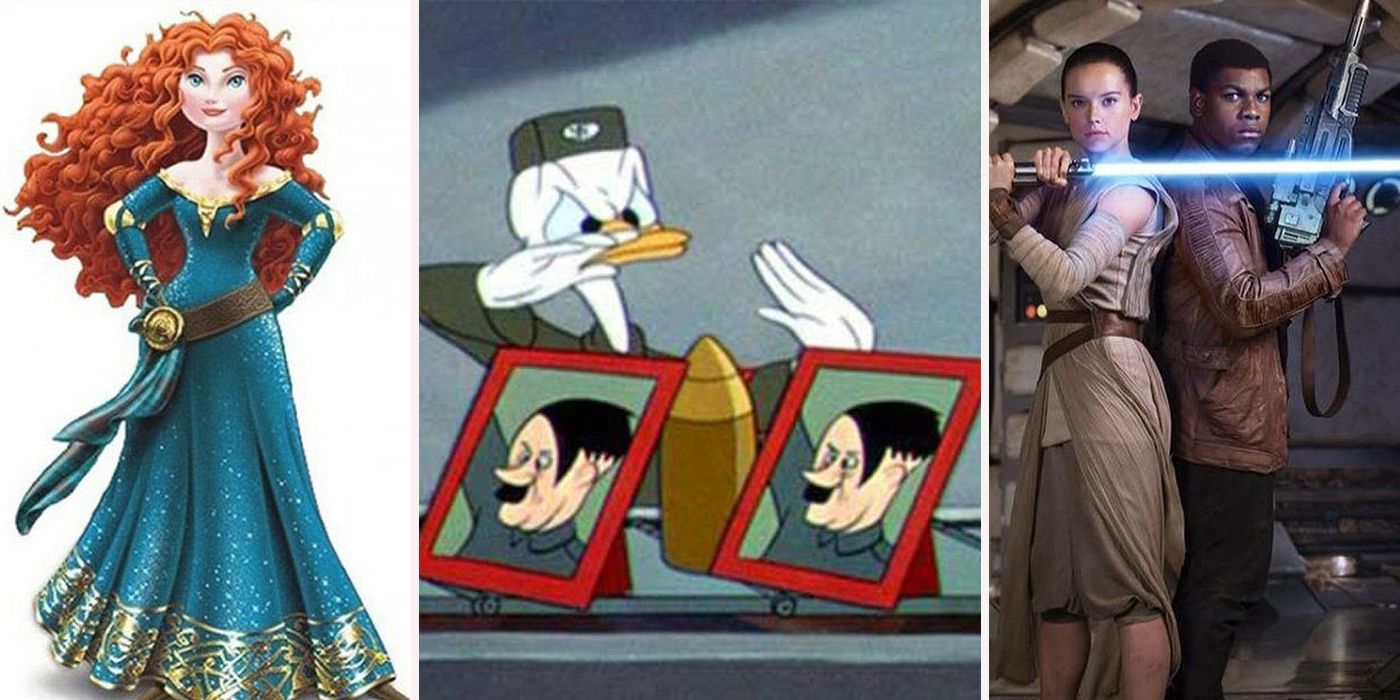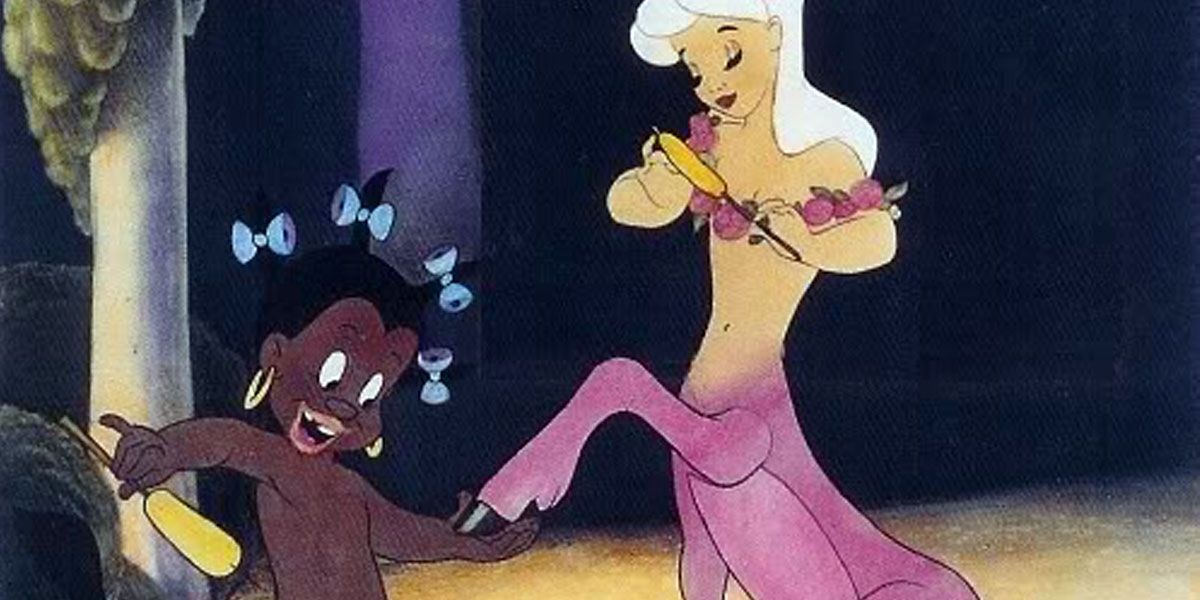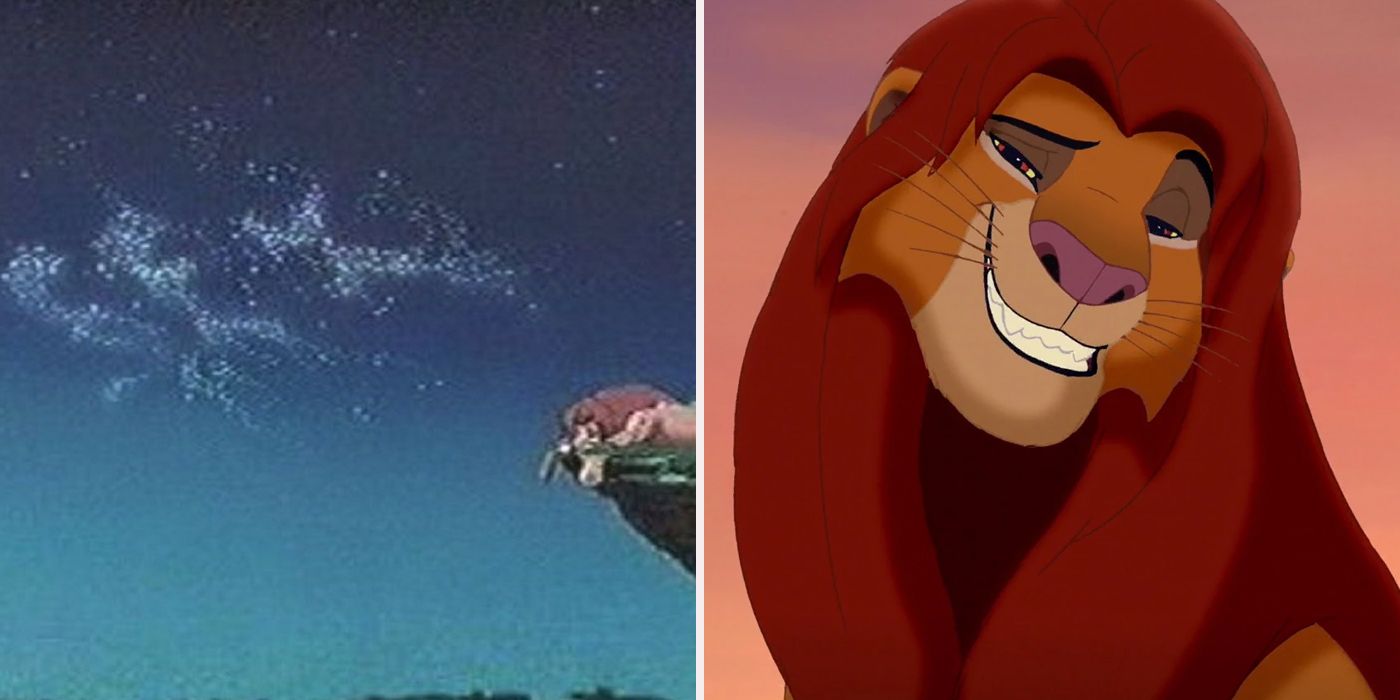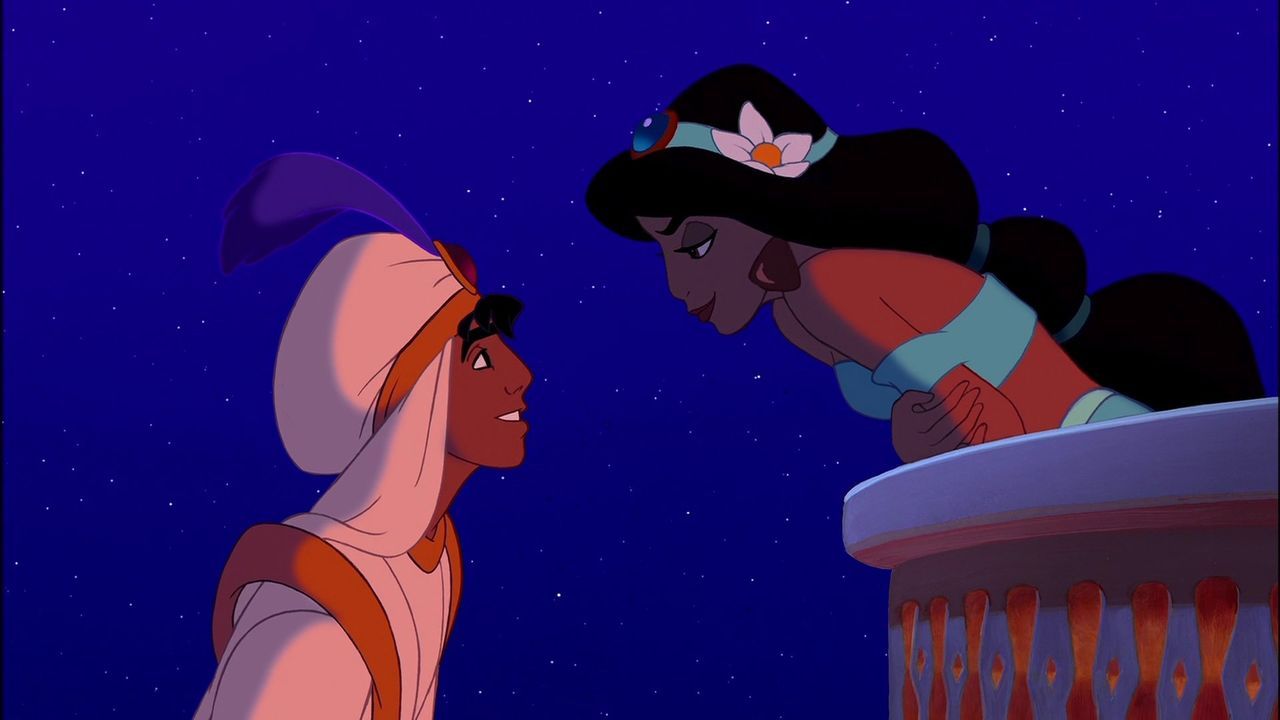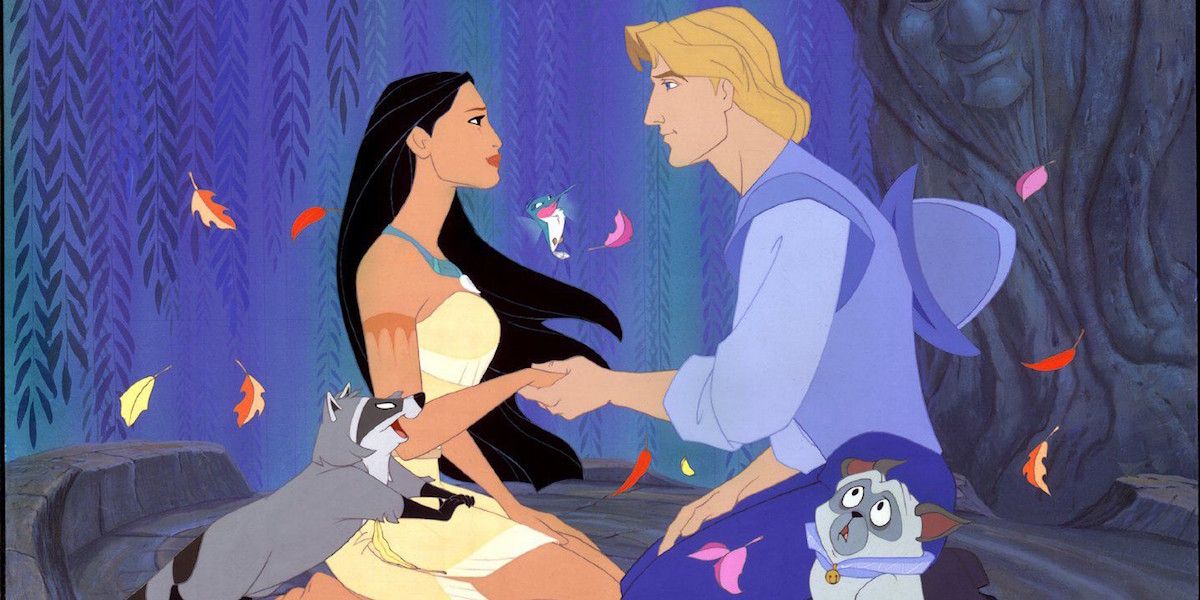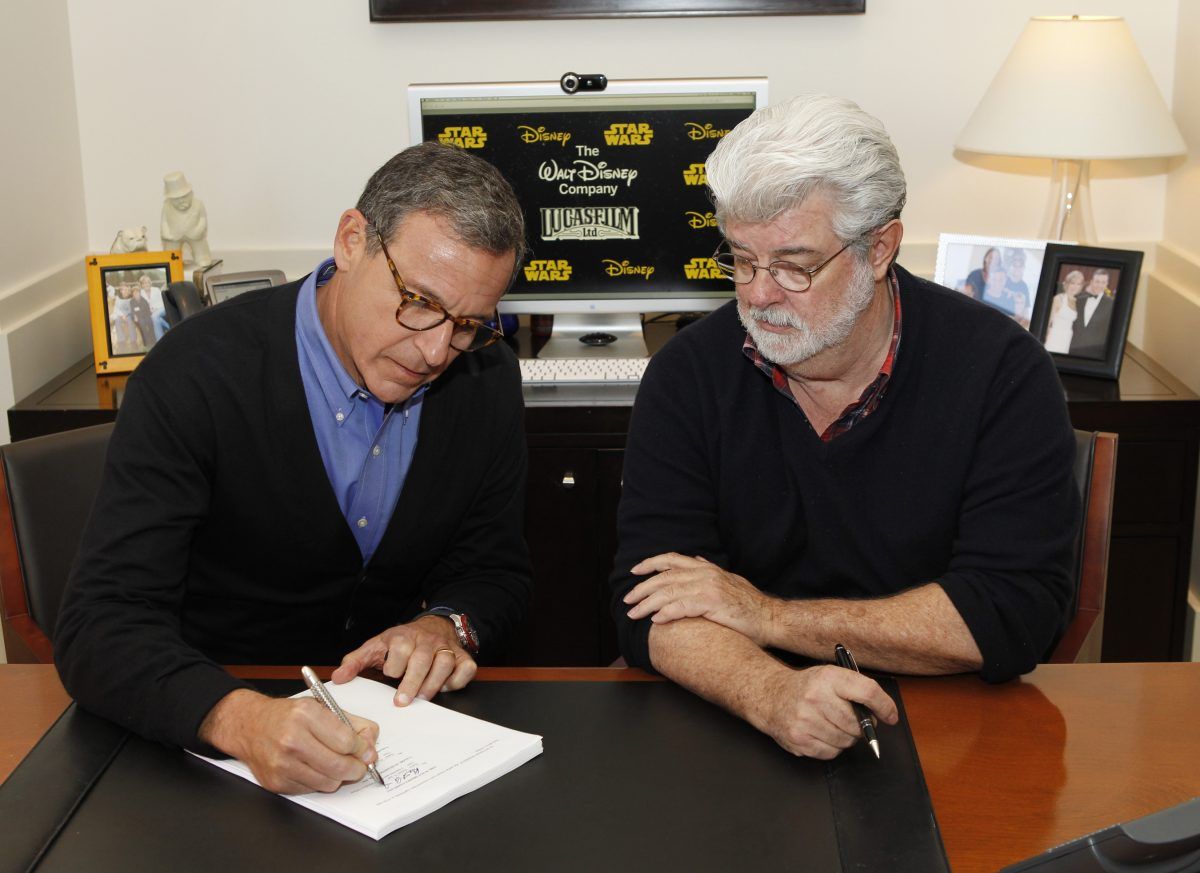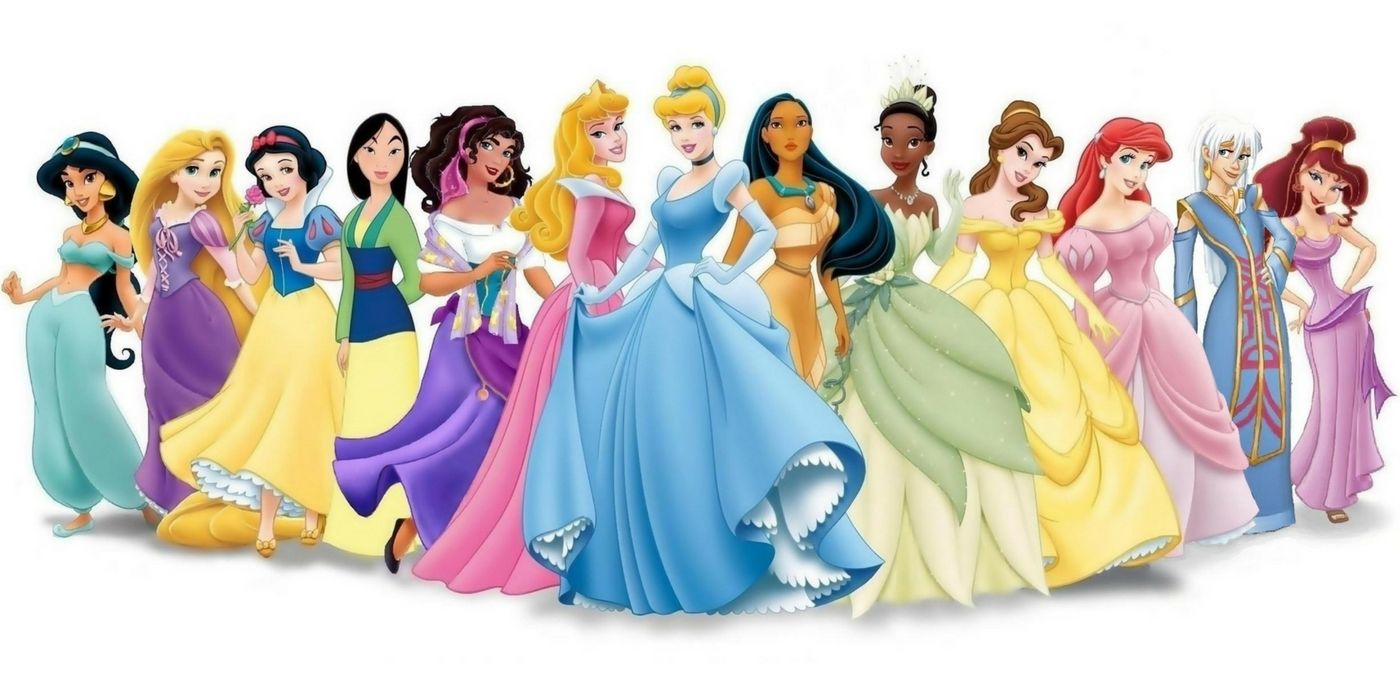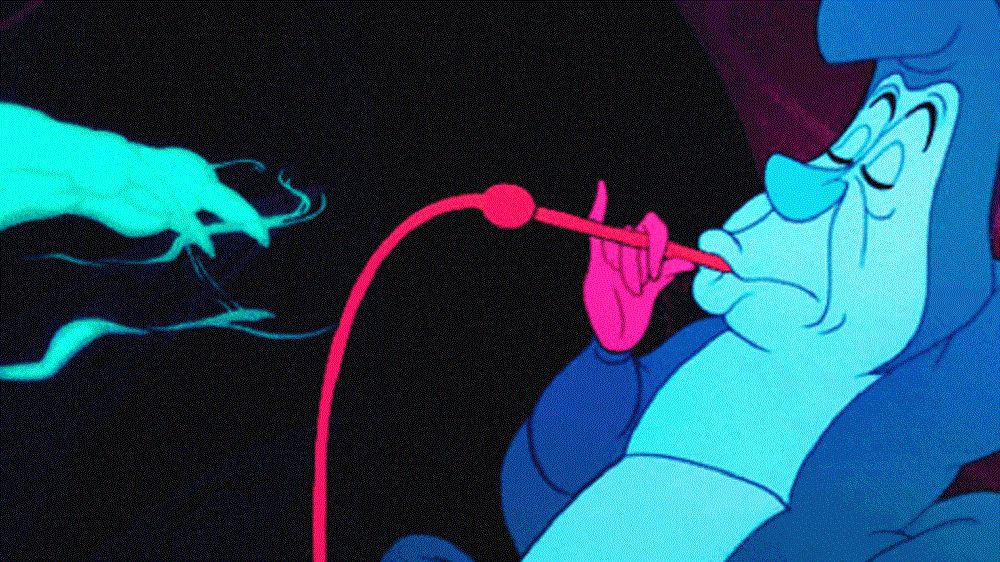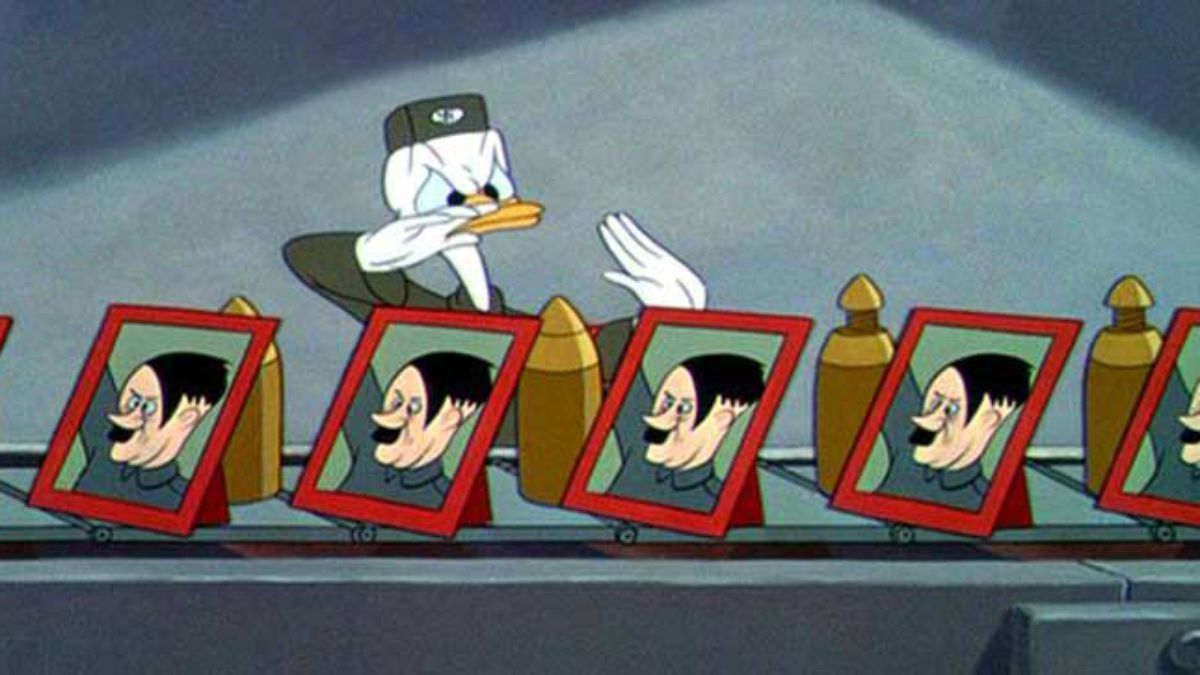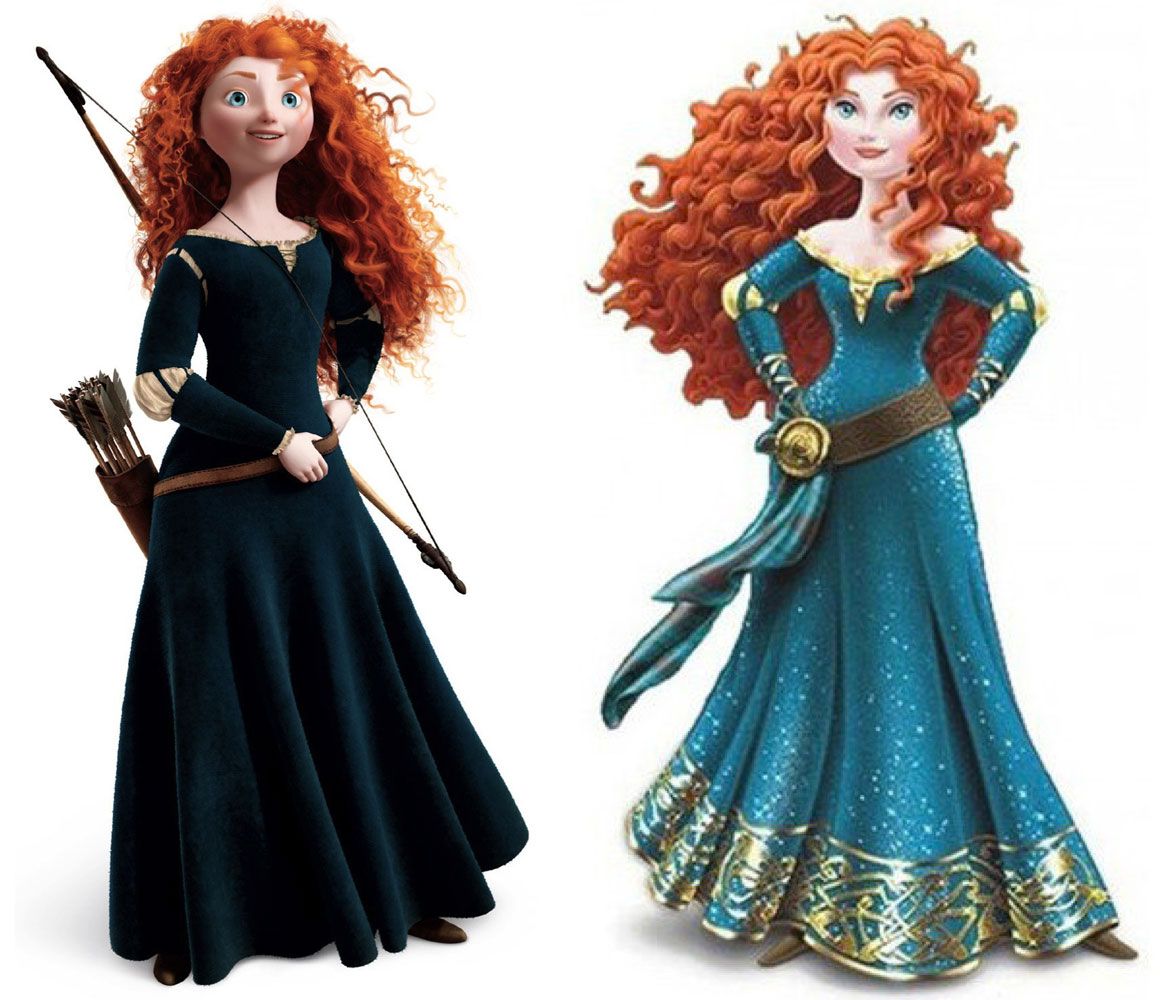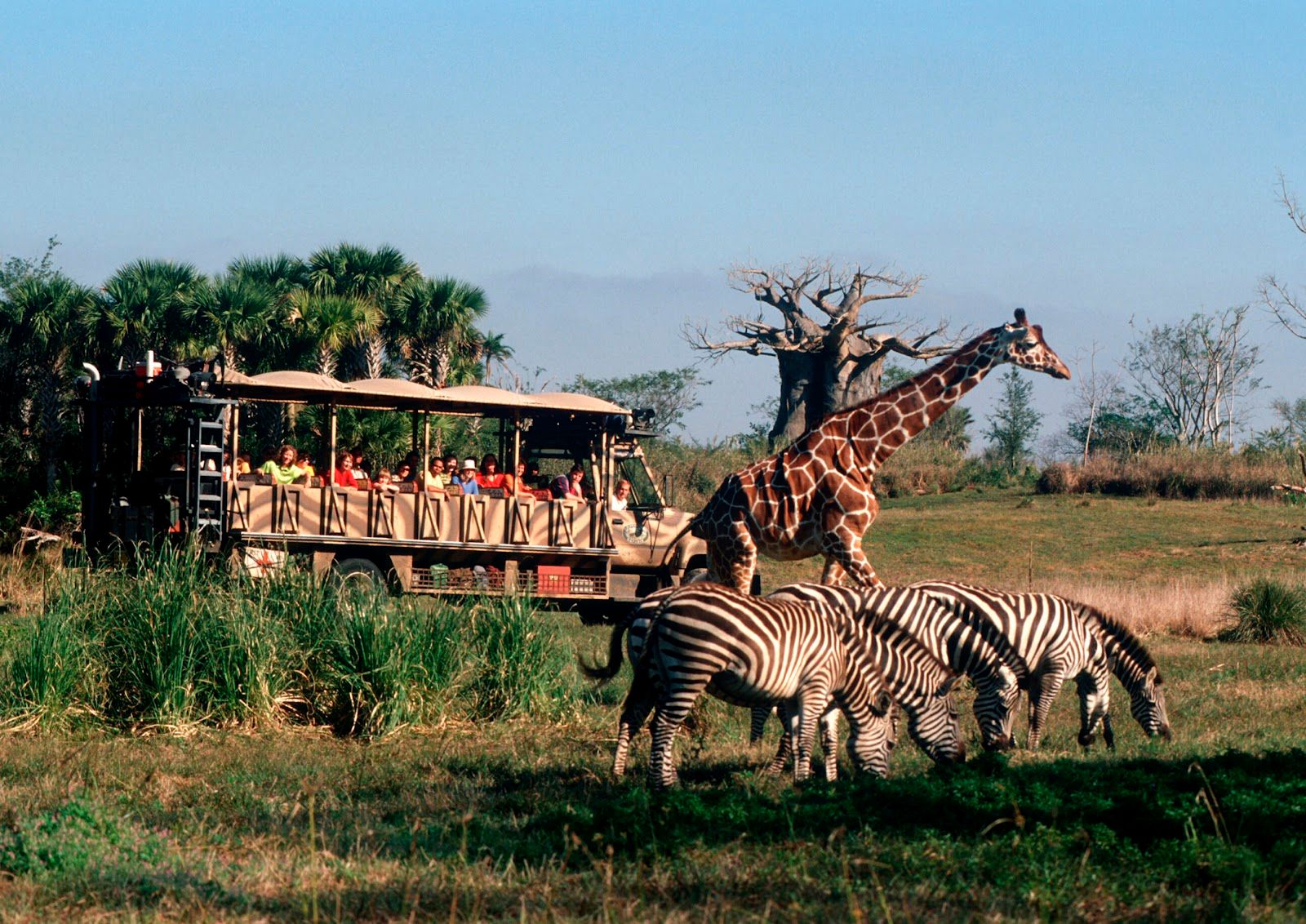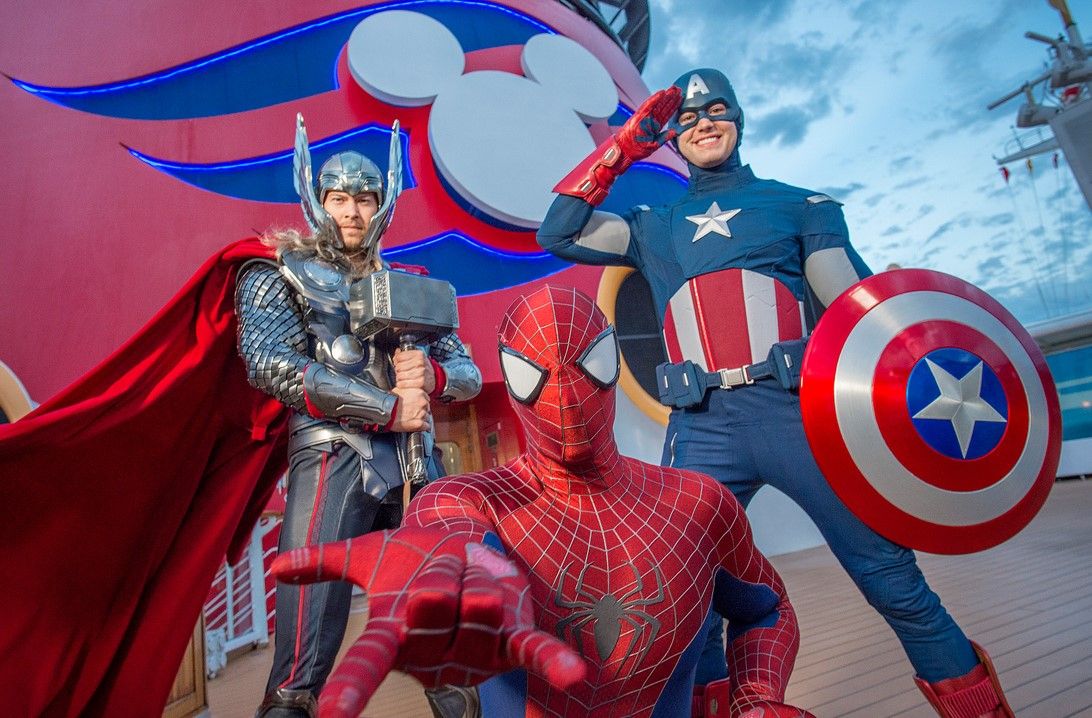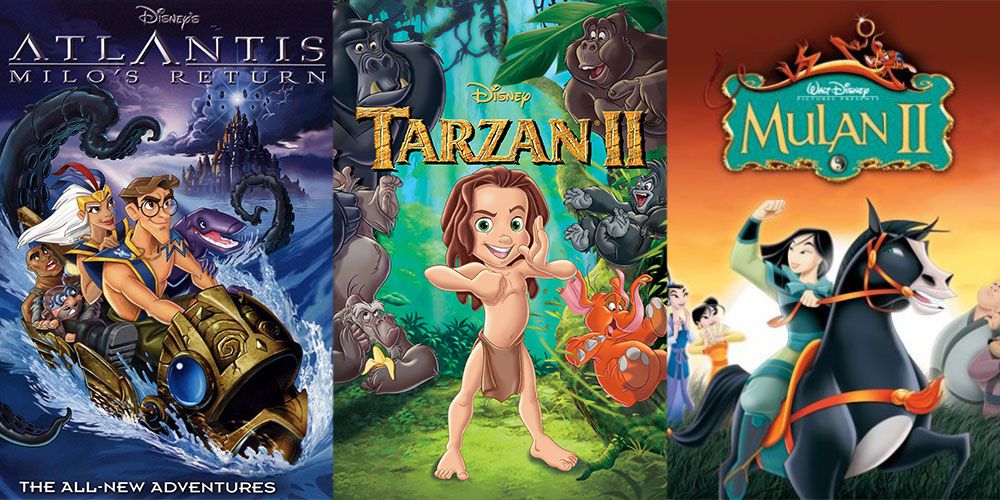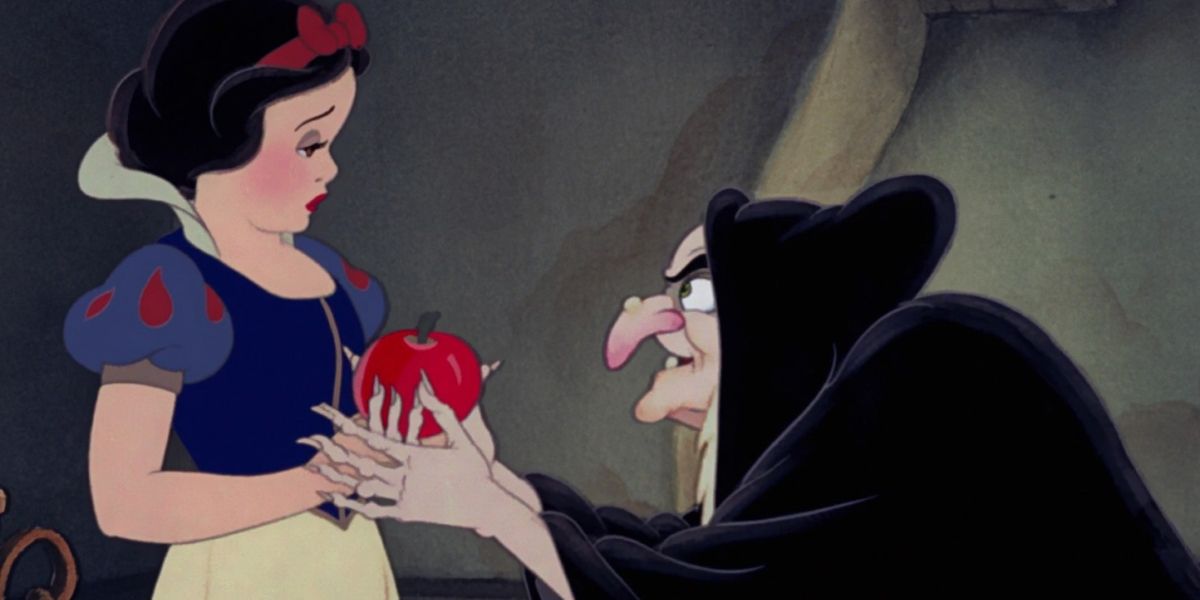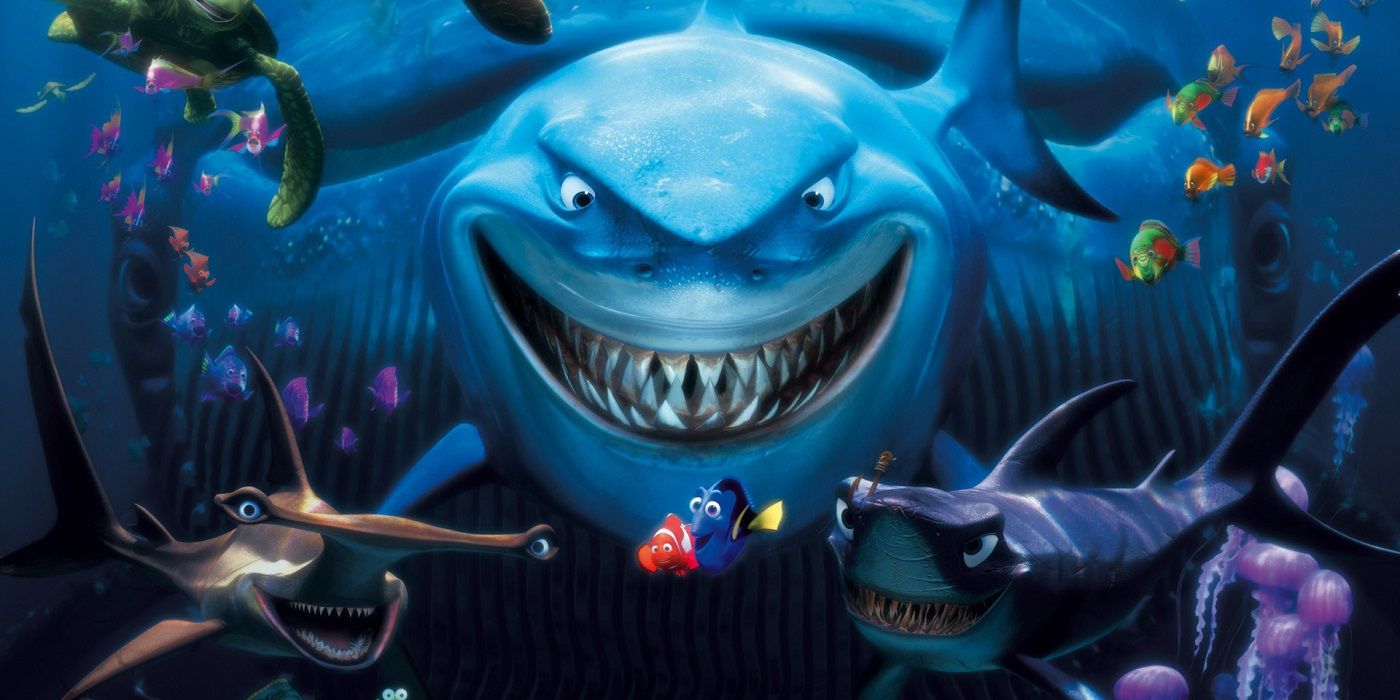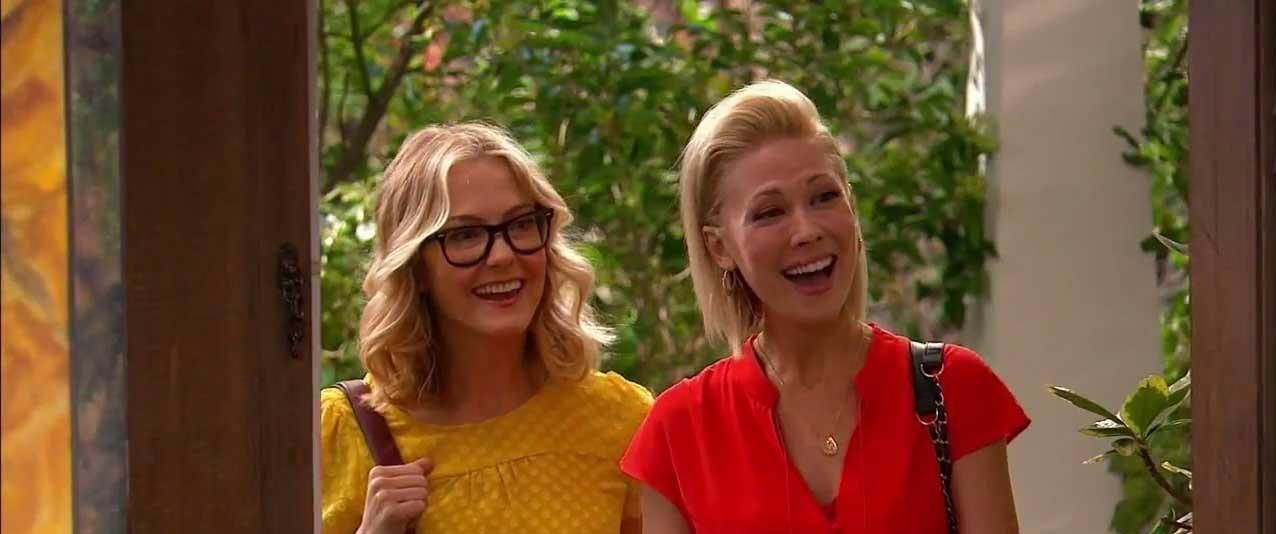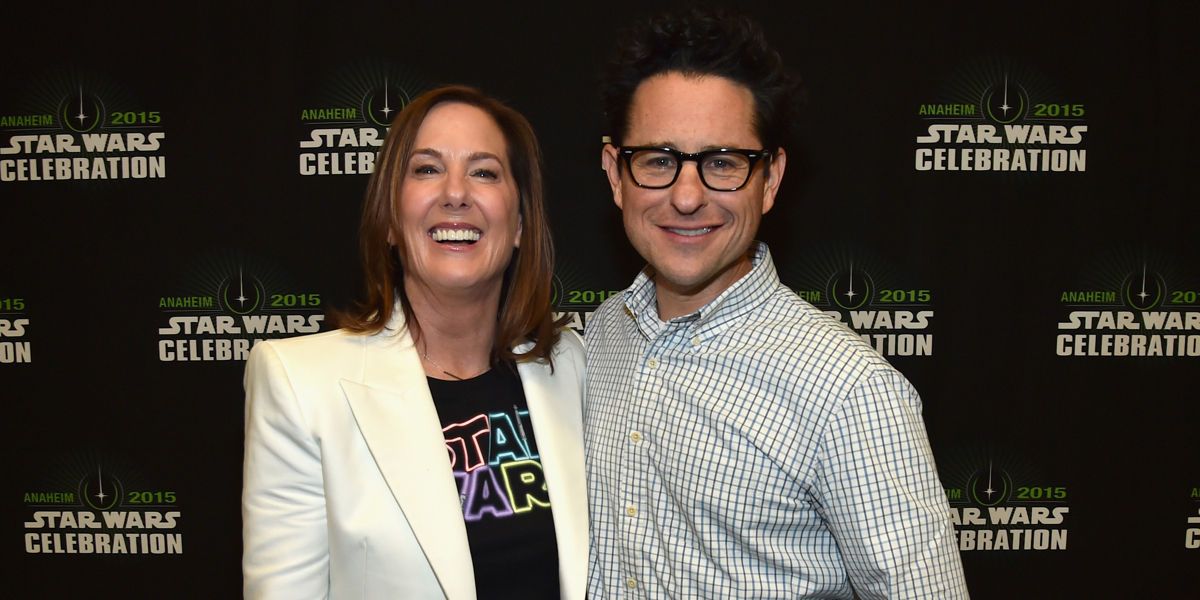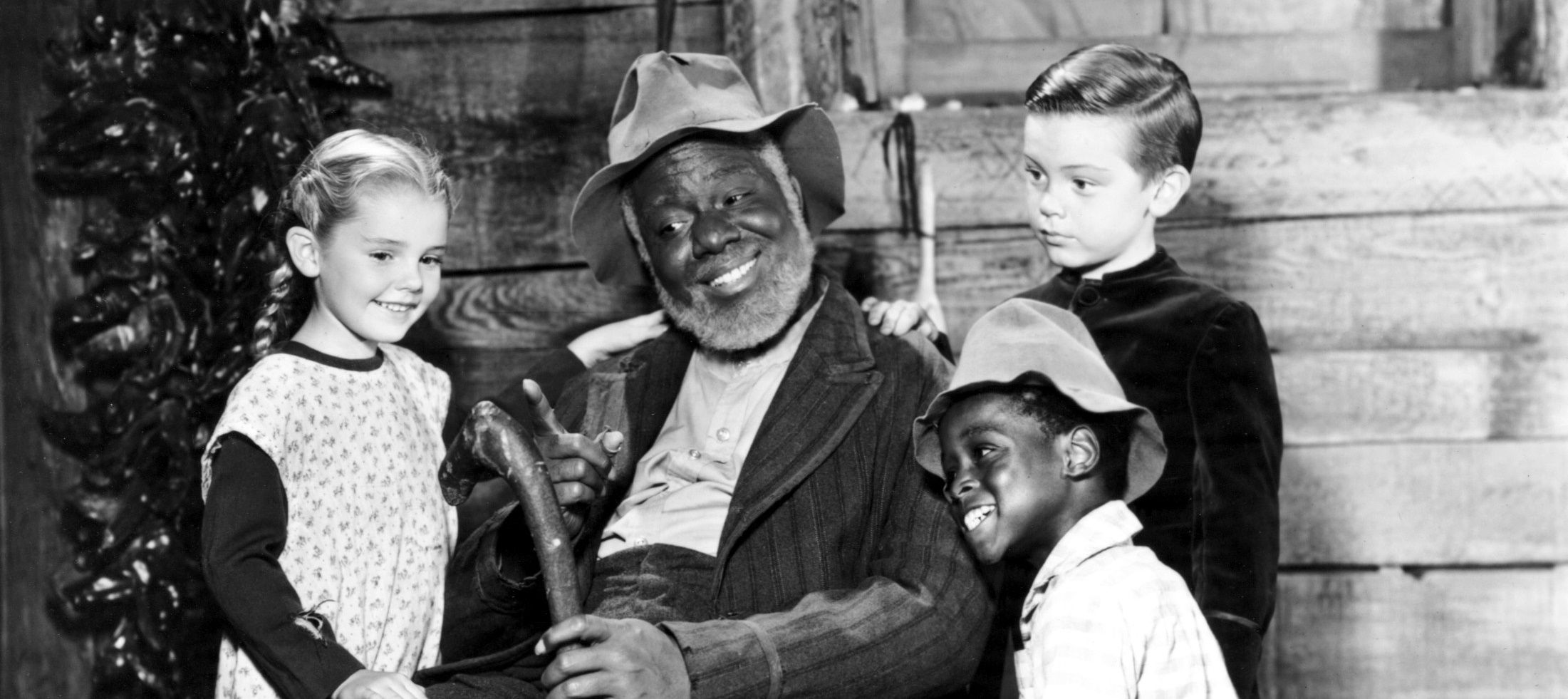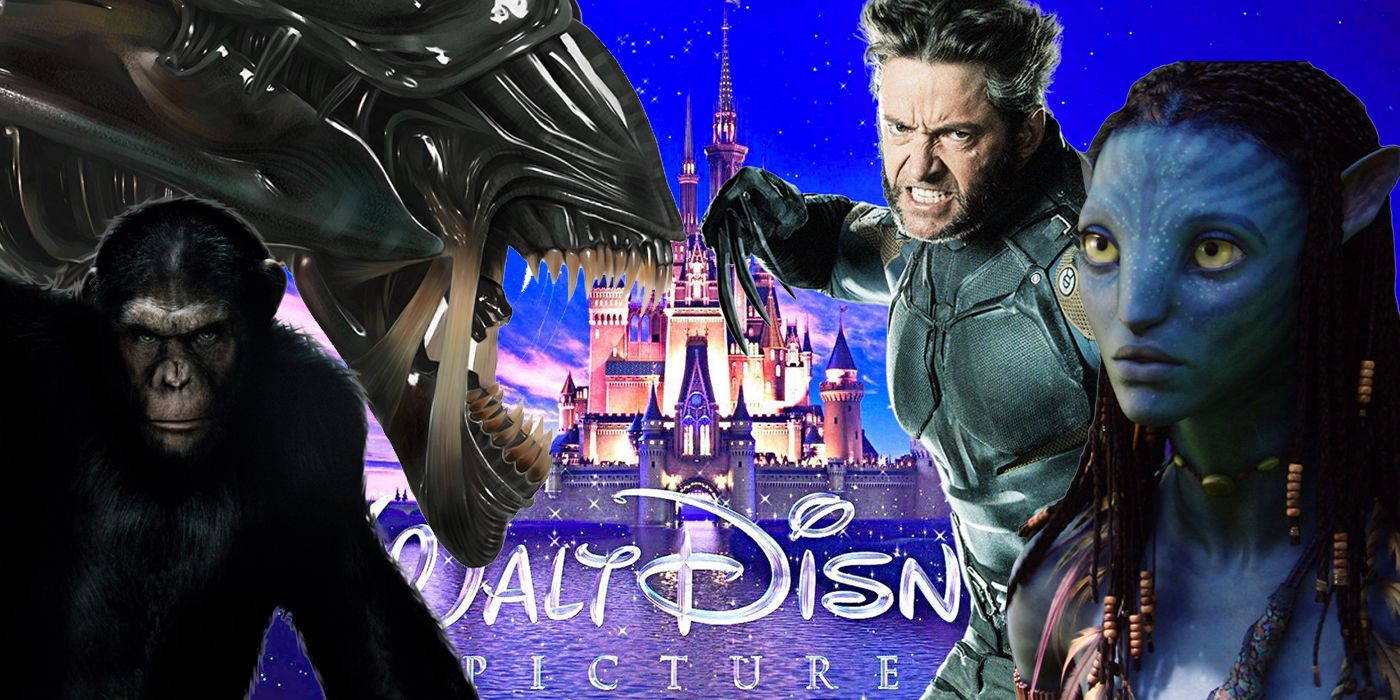The happiest corporation on Earth may produce some of our favorite entertainment, but it is far from perfect. The Walt Disney Company has a long and storied history of winning over hearts and minds just as often as it wrecks them. Disney is responsible for quite a few staples in pop culture, and we'd be remiss to ignore that. However, the House of Mouse isn't without its controversies — and some are way worse than others.
For this list, we'll be taking a look at Disney most gasp-worthy incidents throughout history. These controversial moments will focus on all aspects of the company — anything from the movies, to the characters, to the famous theme parks, and even some of the company's biggest business decisions. Disney may present an innocent and child-friendly, but you don't have to look hard to spot something the Mouse may want to hide.
Sometimes Disney make us cry with joy, sometimes it makes us cringe with disgust, and other times, it reminds you that it's really just a corporation wearing cute mouse ears.
Without further ado, here are 18 Most Controversial Things Disney Has Done.
Racial Stereotyping
It might be known as a family-friendly source of entertainment, but Disney's filmography contains plenty of racist undertones, and even flat-out racism. The examples could fill an entire list on their own, though some are more well-known than others.
The Native Americans (or "Red Men") from Peter Pan, the Siamese Cats from Lady and the Tramp, and the Crows (named Preacher, Glasses, and... Jim Crow) from Dumbo come to mind pretty quickly. The most glaring one, though, is the black centaur from Fantasia. The horribly racist image from the film speaks for itself. To call it "cringeworthy" is an understatement.
It can be argued that these awful moments were just products of their times, but it's hard to ignore such blatant racist imagery in these beloved Disney classics —and they only get worse with age.
Supposed Subliminal Messaging
Conspiracy theorists rejoice whenever somebody spots another "subliminal message" in the Disney films. Many of these instances are the result of animators having fun during the creative process, or misunderstandings on the part of the audience.
The most famous example comes from The Lion King, when a cluster of stars seemingly spells out the word "SEX" in the sky. Animators claim it says "SFX" seeing as it was put there by the special effect team, but you be the judge of that. Another popular one comes from Who Framed Roger Rabbit, where Jessica Rabbit may or may not have exposed her nether regions during a car crash.
A less popular subliminal Easter egg appears in The Rescuers, where a nude pinup can be seen during a chase sequence. It's nearly impossible to see unless the frame rate is slowed down, but keen eyes might catch it.
There's a ton of these subliminal message theories out there. What do you think? Playful jokes or nefarious brainwashing?
Aladdin's Misheard Line
As the result of poor sound mixing or the dirty minds of the audience, a muffled line in Aladdin may sound a little too risque to be true.
In the balcony scene, Aladdin tries to shoo away Jasmine's pet before he makes noise and attracts attention. Just as Rajah the tiger runs up to Aladdin, the scene cuts away to Jasmine's reaction as she enters the balcony. During her reaction shot, a whisper can be heard that might sound like "good teenagers take off their clothes."
The script has Aladdin say something like "Good Kitty, take off, go!" but the voice is muffled by Rajah's growls. Maybe the line was just ad-libbed and poorly edited in. Hopefully!
Hiding the dark truth of Pocahontas
Disney's princess movies often famous fairy tales, but the also often leave out the unsavory aspects of their source material. This is usually done to make them a bit more child-friendly, but this can leave literature and history buffs disappointed.
Cinderella's sisters don't slice off their heels to fit into her shoes, Ariel doesn't turn into sea foam and die in The Little Mermaid, but the most controversial changes stem from Pocahontas. While the movie doesn't exactly aim for historical accuracy, it does some major fact-fudging.
Pocahontas was about 10 years old when she met John Smith, not a young woman. There was no romance between them. Smith wasn't a blond, blue-eyed prince charming, either. These changes only scratch the surface of horrible truth about Pocahontas, but they're indicative of Disney's habit of simplifying princess tales to make them easier to digest.
The Acquisition Of Lucasfilm
One of the most profitable deals in the entertainment industry may have been struck at this very moment.
Back in 2012, the Walt Disney Company acquired Lucasfilm and all of its assets for a little over $4 billion dollars. Not only does Star Wars now belong to the Mouse himself, but all of Lucasfilm's subsidiaries, like LucasArts, Skywalker Sound, and the massive effects studio Industrial Light and Magic. This has led to what many would consider a Star Wars "renaissance" with a new episodic trilogy, spinoffs, TV shows, video games, comics, novels, and merchandise.
Many fans feared (and many still do) that Disney would "ruin" the franchise with unoriginal ideas, or by sanitizing it with their tendency to aim products at children. Despite the divisive reception of fans to the "new" Star Wars, this undoubtedly stands as a controversial landmark in Disney's business history, and has given the studio unparalleled power at the box office ever since.
Disney Princesses
It's no secret that the Disney princesses are divisive. Though their movies are usually beloved, the Disney princesses often find fulfillment in physical beauty and love from their respective princes. Many argue that the priorities for the princesses can often come off as shallow or unrealistic definitions of character, making them poor role models for young girls.
Throughout the years, even the most popular entries in the franchise have been met with feminist criticism, the most notable instance being the backlash to Belle and her allegorically abusive relationship with the Beast. However, it is worth noting that Disney tries to correct this issue with each new entry.
With films like Frozen and Moana, the Disney princesses are increasingly empowered with deeper characterizations and goals that don't just stop at romance — and that's a step in the right direction.
Drug Usage
References to drugs and alcohol may have been acceptable at one point in time, but today they're taken a bit more seriously. Looking back on Disney's filmography, they're plentiful and surprisingly blatant for children's entertainment. The most notable examples come from extremely popular Disney films too - not just the weirder, more obscure ones.
Dumbo has champagne and trips out hard in Dumbo, Pinocchio happily smokes a hefty cigar in Pinocchio, and Alice In Wonderland is trippy in and of itself. It already contains many nuanced references to drinking and drug use on top of its weird snacks, mushroom consumption, and the smoking, color-changing caterpillar.
War Propaganda
Well... it's hard to believe that these exist.
Back in the 1940s, Disney made a series of war propaganda films for a number of different war-related subjects. For whatever reason, many of these shorts featured Donald Duck as the lead character. For example, Commando Duck saw Donald Duck as an American soldier who valiantly (and comedically) leads an attack on a Japanese base all by himself.
By far the most outlandish one is Der Fuehrer's Face, where Donald Duck experiences a nightmare about living under the Nazi regime. He nearly starves under Nazi food rationing, works in a munitions factory for no real pay, and salutes Adolf Hitler at every moment of opportunity. Believe us when we say that this surreal short film is worth a google.
Merida's Makeover
As part of the "Disney Princess Collection" toy line, Brave's lead character Merida would receive a major redesign upon her induction as an official Disney Princess. Her appearance in this new toy line was immediately met with backlash when her design did not match the empowered character audiences had come to love.
Instead of the natural, realistic, "imperfect" beauty that Merida exhibits in her film, the toy's redesign art showed off the antithesis of what her character stands for, with a slimmer body, excessively regal dress, and the omission her trademark bow and quiver.
Brave's director Brenda Chapman expressed her distaste with the changes back in 2013, and a petition was even drawn up to roll back the redesign, which closed with over 260,000 signatures.
Animal Kingdom
Naturally, a zoo-sized theme park (or is it a theme park-sized zoo?) would draw some criticism. The Animal Kingdom at Walt Disney World Resort in Florida was met with backlash from several animal rights groups for animal captivity on such a large scale, including PETA. The park's 1998 opening was boycotted and protested, although with a very low turnout.
Since then, the park has done exceptionally well as one of Disney's biggest attractions, and even participates in animal conversation endeavors — specifically dealing with giraffes, elephants, and rhinoceroses. Ironically, the In Defense of Animals organization named it one of the worst zoos for elephants in 2015.
Despite the park's criticisms, it continues to be a hit with attendees and was given an update just last year with the addition of "Pandora — The World of Avatar."
The Acquisition Of Marvel Entertainment
It took forever for Hollywood to take superhero films seriously, but once the genre firmly planted its feet at the box office, Disney was quick to jump on the hype train. In 2009, Disney acquired Marvel Entertainment for roughly $4 billion (much like the Lucasfilm deal) and has helped keep the company healthy ever since.
After the acquisition, Disney incorporated the Marvel superheroes into every aspect of their business — which is why you can now buy Cap's shield and Thor's hammer right next to all of the Moana merchandise in Disney's stores. Marvel's television shows, comics, and merchandise are becoming a staple of the Disney brand — and much like Star Wars, the comic company is giving Disney quite the advantage at the box office with the unmatched financial success of the Marvel Cinematic Universe.
The acuquisition was a huge deal for Disney, and has more than paid off thus far.
The Dark Times Of Direct-To-Video Sequels
Everybody tends to forget about Disney's track record in the 1990s. Despite all the critical acclaim their animated movies receive, there was an era where each hit was milked for cash with a horrible, low-effort, direct-to-VHS sequel. These sequels were shelled out during a time of unrest in Disney's animation department, where their in-house studios were shaken by the success of their recent partner and rival, Pixar.
Disney's early deal with Pixar gave them much of the creative freedom when it came to their intellectual property. When Disney set out to make direct-to-video sequels of Pixar's work, they reluctantly cooperated and produced yet another hit with Toy Story 2.
Pixar's efforts behind Toy Story 2 would be a driving factor in their acquisition, and the revival of Disney animation by then- studio heads John Lasseter and Ed Catmull. This put an end to all of those crappy sequels — forever, we hope.
Elders Are Evil
All too often, Disney villains happen to be creepy, menacing old people.
Disney's infatuation with elderly villains has led to criticism, mainly because they constantly portray older people in terrible light. Even older characters who aren't villains tend to be antagonistic in some way. If they aren't ugly, decrepit, malevolent witches or monsters, they're usually angry and overbearing parents or dimwitted comedic relief.
The youth are beautiful, vibrant, and heroic, while the elderly tend to be the opposite. This isn't true in every case, but the adults in Disney canon aren't usually the nicest of people. Perhaps this isn't intentional, but it still feels comes off as if Disney has a vendetta against the elderly.
Again, this is something Disney has taken recent steps to correct with the grandmotherly roles of Tala in Moana and Mama Coco in Coco.
Shark Fin Soup
In 2005, Walt Disney World Hong Kong announced it would be serving a traditional Chinese dish at wedding banquets hosted in the park: shark fin soup. Offering the dish was an effort to display some cultural sensitivity, as well as to provide something unique for those who chose the park as their wedding venue.
Naturally, their sensitivity to Asian culture and cuisine became quite a controversy here in the West, where dish seemed quite contradictory to Disney's efforts in animal conversation.
A few weeks after the company announced the menu item, they discontinued it, explaining that they could find no environmentally-friendly way to acquire and serve the dish — to the surprise of pretty much nobody.
Good Luck Charlie's Lesbian Couple
Disney isn't exactly known for taking risks in their entertainment, but they took a surprisingly huge and progressive one in their television series Good Luck, Charlie. The Disney Channel sitcom featured an episode called "Down a Tree" that featured, for the first time, a same-sex couple in a Disney property. The two were the parents of Charlie's friend Taylor, who show up for a playdate. The episode isn't focused on the characters, but it became a gigantic controversy when it became the subject of outrage.
Conservative groups such as "One Million Moms" attacked the company for what they perceived as "pushing a political agenda" through the sitcom while the episode garnered praise from progressives for presenting diversity in a simple and natural way.
The episode itself doesn't even make a huge deal of the couple, but it makes this list due to the aggressive responses it garnered. Shockingly, some trolls even left threatening comments on Instagram photos of the show's little 5-year-old star.
Star Wars Under Disney
Disney's purchase of Star Wars is almost as controversial as what it has done with the property since. The management of Star Wars has seemingly been chaos behind-the-scenes.
Rogue One reportedly had troubles in post-production and was heavily edited before release. Director Josh Trank was unceremoniously fired from an untitled Star Wars project in 2015. Colin Trevorrow exited as the director of Episode VIII, then Phil Lord and Chris Miller were fired from Solo: A Star Wars Story mid-production and replaced with Ron Howard. And these are only the most noteworthy controversies.
While it isn't all Disney's fault, it only fuels the complaints from certain Star Wars fans that Disney is "ruining" the franchise. Despite all its behind-the-scenes troubles, Disney has helmed three great Star Wars films since Lucasfilm's acquisition, so perhaps things aren't as chaotic behind the curtain as they might seem.
Song Of The South
There are very few Disney productions that the company actively tries to bury. Song of the South is one of them, and the film has been deemed so racist and offensive by both filmgoers and the company alike that it has never been officially released for home consumption.
The movie is an adaptation of short stories by Joel Chandler Harris set in the south after the Civil War and the abolition of slavery... without all of the moral ambiguity such a setting would require.
Aside from creating a picturesque south post-slavery — as if everything was suddenly as perfect as a storybook — the film has received criticism for its offensive portrayal of African Americans and life on a plantation. The most well-known aspect of the film is its lead character, Uncle Remus — an offensive black stereotype and the voice behind the classic musical number "Zip-a-Dee-Doo-Dah."
The Fox Deal
If you thought Disney already owned all of your favorite things, you probably spoke too soon. Disney's most recent business venture — the massive acquisition of 21st Century Fox's entertainment sector, is likely the most controversial move in Disney's history. Disney and Fox struck a $52 billion dollar deal. In exchange for that massive pile of mouse money, Disney would come to own even more of the most profitable intellectual property in the world.
In case you weren't aware, Disney now owns: X-Men, Fantastic Four, Deadpool, Avatar, Planet of the Apes, The Simpsons, Alien, The X-Files, Predator, the dominant stake in Hulu, and so much more. The company already owned Pixar, Marvel, Star Wars, and the best animated classics in existence.
Is this too much power for a company that was already so incredibly powerful? The word "monopoly" comes to mind, but we don't dare say it out loud... or Disney might go and buy Hasbro too!
---
What controversial Disney topics did we miss? Leave a comment down below, and tell us what Disney has shocked you with most!

